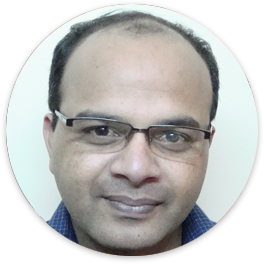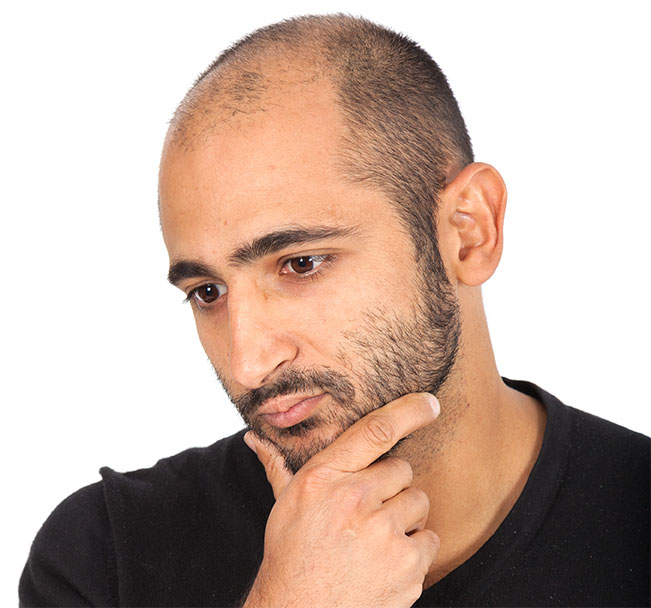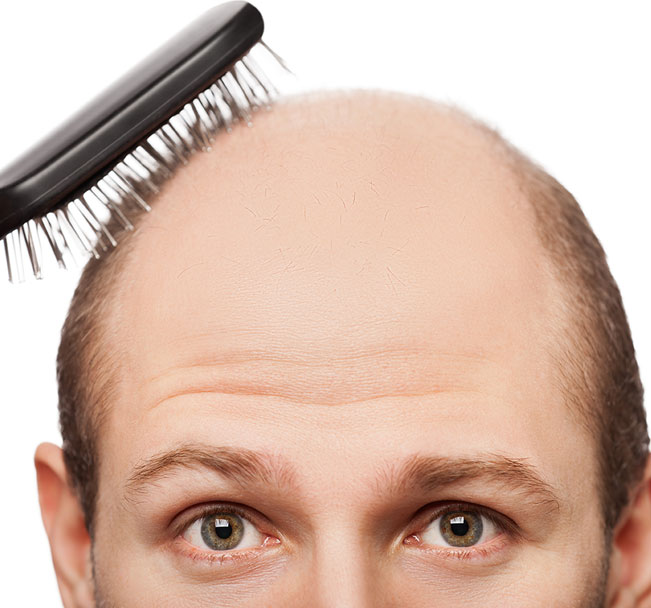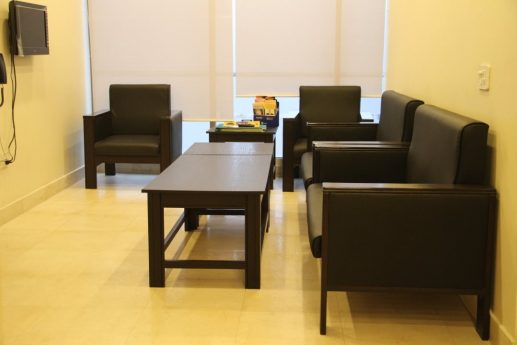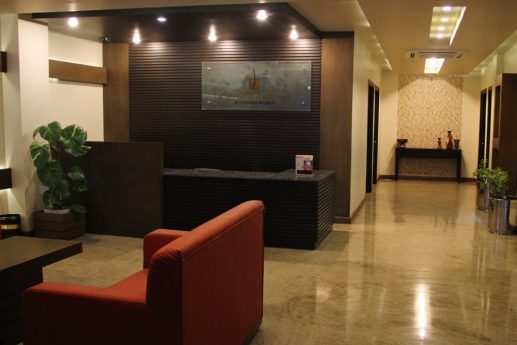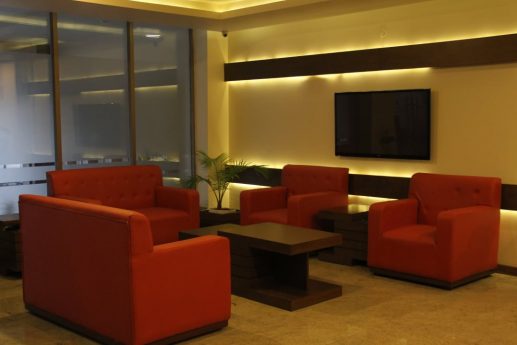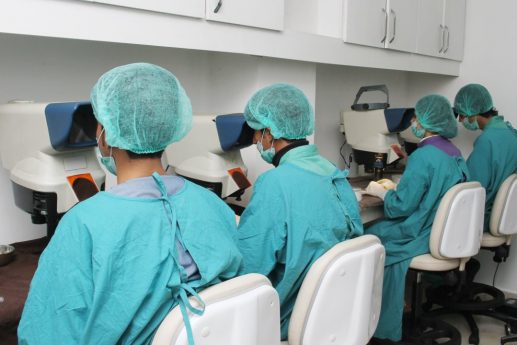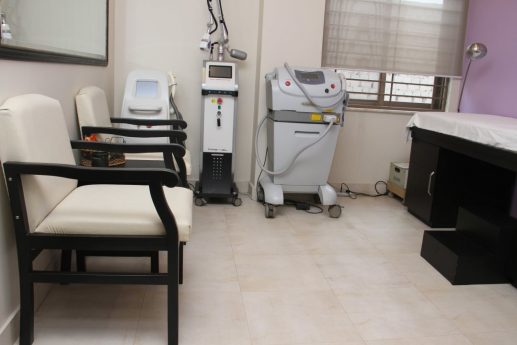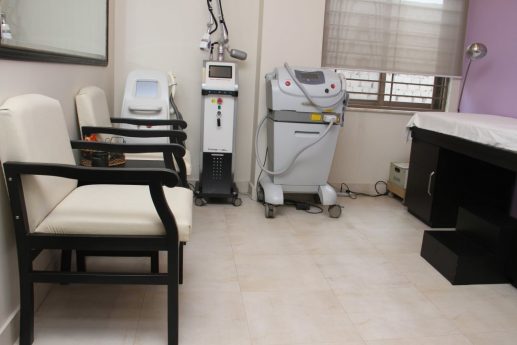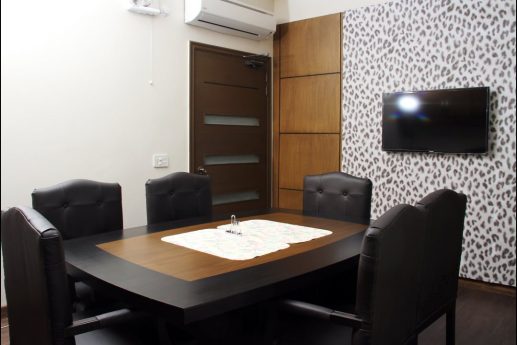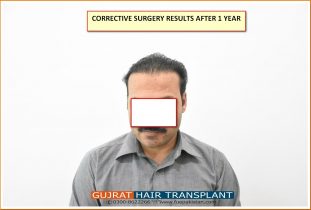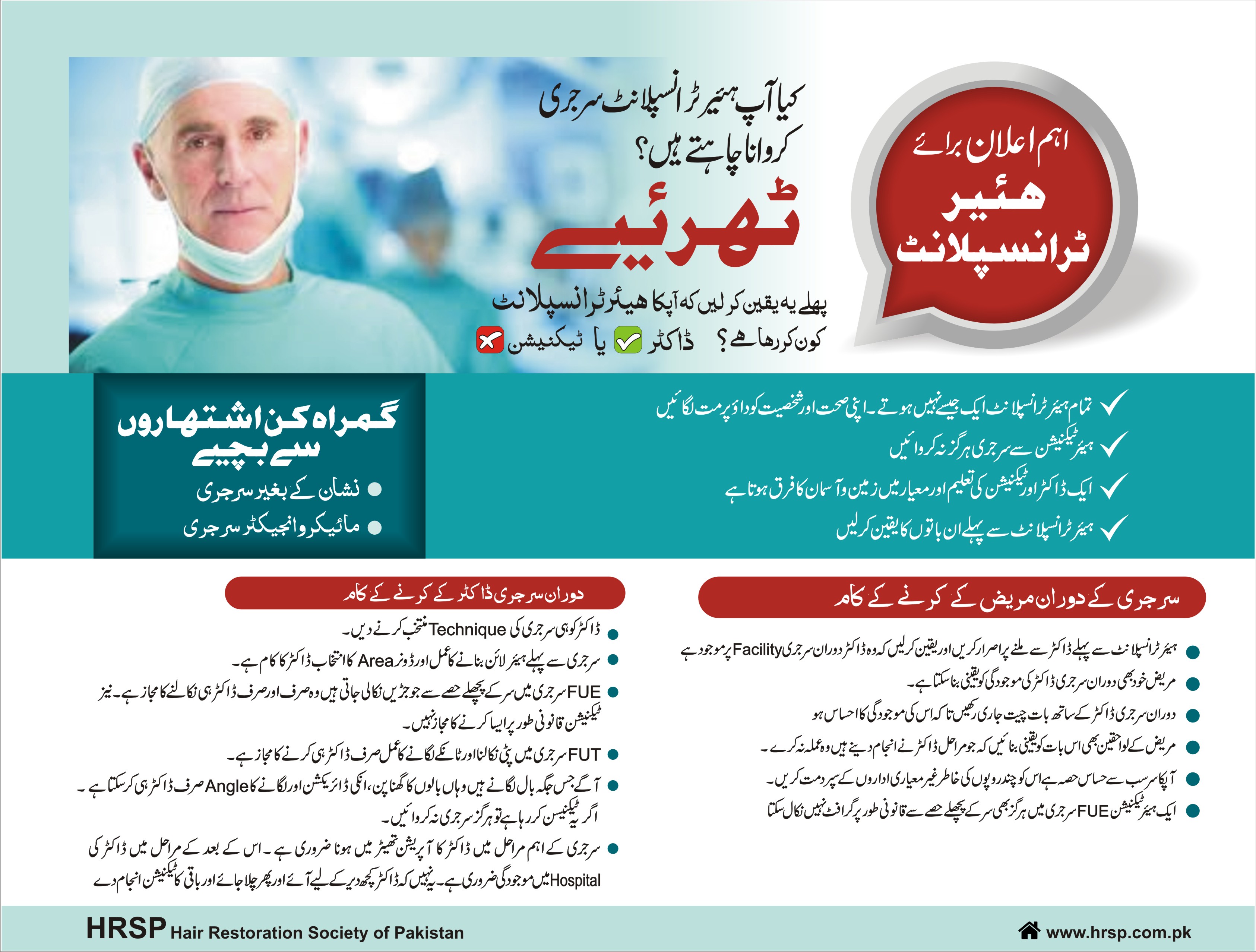
Dr. M. Jawad Ch.
Diplomate American Board Of Hair Restoration Surgery
Best FUE Hair Transplant Pakistan, #1 FUE Hair Transplant Surgeon in Top 10 Surgeons of Pakistan
FUT, FT or FUE Hair Transplant & PRP
What is Hair Transplantation? FUE Hair Transplant Pakistan
Hair transplantation also called hair restoration or hair implantation is a surgical process that transfer individual hair follicles from a part of the body called the ‘donor area’ to bald or balding part of the body head, eyebrows, eyelashes, beard or chest known as the ‘recipient area’. It is primarily used to enhance or correct male pattern baldness.
Why Hair Transplant Procedure Performed by Dr Jawad
Hair transplantation can improve the appearance and self-confidence in patients who are bald or balding. This procedure cannot create new hair. It can only move the hair from your body or head to the areas that are bald.
We offer World Most Advance Procedures of Hair Transplant in Pakistan:
- Strip Harvesting, follicular unit transplantation (FUT)
- Follicular unit extraction (FUE)
- Advance Follicular unit extraction (FUE)
- FUE Plus (FUE Hair Transplant Pakistan)
- Follicular transfer (FT)
Hair Growth after Hair Transplant
After hair transplant surgery, the hair will grow as its normal cycle of growth. Each hair follicle will grow as its own natural growth cycle. Once hair implanted it will go through its cycle and therefore grows in accordingly. So normally gradually the hair starts growing. In Around six months, the fifty percent of hair will grow.
How Long Does Hair Transplant Last?
The great advantage of hair transplantation is that it is a permanent solution for hair loss. Because hair used for hair transplantation are permanent. After your hair transplantation procedure, we recommend a combination of laser hair therapies to help solidify the transplanted hair follicles,
After FUE or FUT Hair Transplant Surgery patient can go out in Public 3-7 days?
Patient can usually go out in public 3-7 days after hair transplantation. The wide variation is mostly dependent on the amount of hair at the recipient site before surgery, swelling, bruising, and scabbing. Because recovery is highly dependent on the specific patient, an experienced hair transplant surgeon will be able to guide you during your initial evaluation.
Preoperative Hair Transplant assessment and planning
At an initial consultation, we analyze the patient’s scalp, discuss their preferences and expectations, and advise them on the best approach (e.g. FUE vs FUT and single vs. multiple sessions) and what results might be expected.
For several days prior to surgery the patient refrains from using any medicines which might result in intra-operative bleeding and resultant poor “take” of the grafts. Alcohol and smoking can contribute to poor graft survival. Post operative antibiotics are commonly prescribed to prevent wound or graft infections.
Selection of Harvesting Methods:
There are two main ways in which donor grafts are extracted today:
- Strip excision harvesting, FUT
- Follicular unit extraction. FUE Or FT
- FUE Plus
- Advance FUE
FUT Pre Surgery Procedures:
Hair transplant surgery takes only one day to complete, and is performed on an visiting patient basis. You’ll arrive at Gujrat Hair Transplant in Pakistan at around 11am and go back to home in the evening on the same day.
- Photos will be taken prior to the hair transplantation surgery at GHT to document the extent of your hair loss pre-surgery procedure and to identify the thinning hair areas to be treated. You and our physician Dr. Muhammad Jawad Chaudhary will then finalize the details of your procedure goals, using a surgical pen to indicate the treatment areas, hairline location and shape.
- The next step is preparation of the donor area and removal of the donor hair. The clinical team will trim the hair in the donor area, being sure to preserve the surrounding hair with rubber bands so that it will cover the donor area after the procedure.
- The local anesthesia to numb the donor area and will ensure that you are completely comfortable during the removal of the donor hair.
- Once the local anesthetic kicks in, the physician will remove the strip of tissue in the donor area at the back and side of the head. These are the permanent, lifelong hair follicles which make permanent hair restoration possible. Once the donor hair is removed, the physician will suture the donor area. The hair that was secured with rubber bands will completely conceal the suture area.
FUE Follicular Unit Extraction Procedure at GHT Hair Transplant & Laser Cosmetic Surgery Center:
Preparation of the FUE Donor Area
The patient’s hair in the donor area is trimmed short so the physician is able to optimally visualize and work on the patient’s scalp, as well as each donor follicle.
Follicular Unit Placement
Hair follicles (follicular units) contain one, two, three or four hairs each, and the strategic placement of these follicles provides the foundation for re-creating natural-looking results. The graft placement process for ‘FUE’ and the other common hair transplantation technique ‘FUT’ is identical.
The physician makes small incisions in the patient’s recipient area (areas of hair loss), in keeping with the patient’s natural hair growth pattern. The follicular grafts are then placed one by one according to the number of hairs within each follicle. This is the concept of differential density and Dr Jawad’s artistic difference.
Donor Area Healing
The tiny incisions left behind after the follicular units are extracted heal completely in a few days. The tiny apertures contract as they heal, making the resulting round incision marks barely detectable. No stitches or other closures are necessary.
Hair Growth After
FUE Hair Transplant Pakistan
Restored hair will grow in the same fashion as one’s native hair. Approximately three months after the procedure new hair begins to grow. Around six months, a patient should notice significant regrowth. The patient’s hair (native and transplanted) will continue to grow naturally.
After the Procedure
Follow the doctor’s instructions about caring for your scalp and any other self-care measures. This is especially important to ensure healing.
For a day or two after the procedure, you may have a large surgical dressing or a smaller dressing protected by a baseball cap.
During the recovery period after surgery, your scalp may be very tender. You may need to take pain medicines.
You may also need to take antibiotics or anti-inflammatory medicines after surgery.
Risks & Precautions
Risks of any surgical procedure may include:
- Bleeding
- Infection
Other risks that can occur with this procedure:
- Scarring
- Unnatural-looking tufts of new hair growth
It is possible that the transplanted hair will not look as good as you had desired.
Hair transplant patients should be healthy, or surgery is less likely to be safe and successful. Discuss your risks and options with your doctor before undergoing this procedure.
FUE Hair Transplant Pakistan
Results (Prognosis)
Most hair transplants result in excellent hair growth within several months after the procedure. More than one treatment session may be needed to create best results.
The replaced hairs are usually permanent. No long-term care is necessary.


